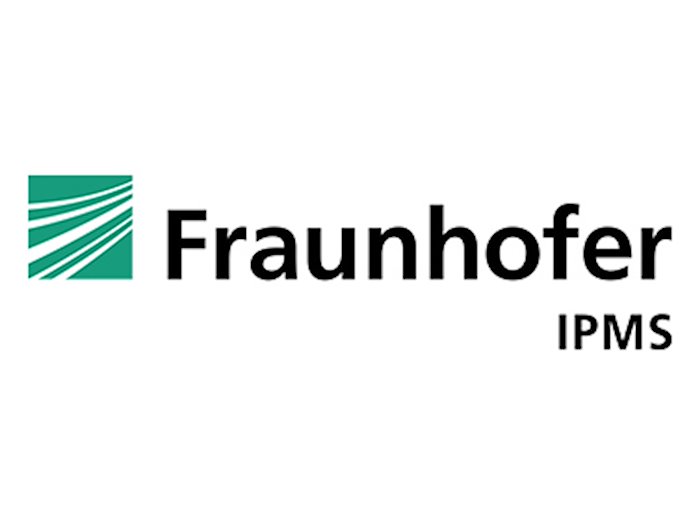November 30, 2023. The research consortium “Optoelectronic sensors for application-oriented systems for life sciences and intelligent manufacturing” (OASYS) receives grants from structural strengthening funds.
Categories
November 30, 2023. The research consortium “Optoelectronic sensors for application-oriented systems for life sciences and intelligent manufacturing” (OASYS) receives grants from structural strengthening funds.

Categories
Tags
Contact info
Silicon Saxony
Marketing, Kommunikation und Öffentlichkeitsarbeit
Manfred-von-Ardenne-Ring 20 F
Fax: +49 351 8925 889
Contact person:

In close cooperation with non-university research and development partners from the Fraunhofer-Gesellschaft, the Leibniz Association and the Carl-Thiem-Klinikum Cottbus, BTU Cottbus-Senftenberg has built up expertise in the field of application-oriented microsensor solutions with the Electronics and Microsensor Technology Innovation Campus (iCampµs). This has led to an enormous interest among regional companies in expanding the application to the areas of industrial manufacturing, smart production, agriculture and livestock farming as well as medicine and healthcare.
The research consortium “Optoelectronic sensors for application-oriented systems for life sciences and intelligent manufacturing” (OASYS), which has now been launched, will translate the identified needs for innovative optosensory systems into transfer- and exploitation-oriented research. The project focuses on two thematic clusters:
Project leader Prof. Dr. Harald Schenk, Head of the Department of Micro- and Nanosystems at BTU Cottbus-Senftenberg and Managing Director of the Fraunhofer Institute for Photonic Microsystems (IPMS) confirms: “With the OASYS project, we are pursuing the intention of closing existing technological gaps in the field of MEMS-based technologies for imaging processes. Together with our industrial partners, we are developing innovative solutions that not only offer new possibilities and functionalities compared to previously available solutions, but are also compact, mobile and energy-efficient. In this way, we are not only strengthening the attractiveness of Lusatia as a location for industry and science, but are also making an important contribution to strengthening European technological sovereignty. The OASYS project has technological expertise and infrastructure at its disposal that is unparalleled, even by international standards.”
Manja Schüle, Minister of Science, Research and Culture (MWFK) of the State of Brandenburg, explains: “In future, nothing will work without sensor solutions: Without sensors there is no data and without data there is no digitalization. Microsensors are the interface between physical reality and digital data – they are the sensory organs of digitalization and a key technology of the future. This is exactly where OASYS comes in: The research project is all about smart and efficient production processes as well as intelligent manufacturing, digital medical diagnostics and medical technology. What makes it special: The research consortium pools the expertise of several scientific institutions, works together across national borders and cooperates with regional companies. The best conditions for a strong innovation ecosystem in Lusatia: the solutions and ideas developed here should help small and medium-sized enterprises on their way into the digital future and create more highly qualified jobs in Lusatia. There were already many good reasons to settle in Lusatia before. As of today, there is one more.”
Prof. Dr. Michael Hübner, Full-time Vice President for Research and Transfer at BTU Cottbus-Senftenberg, says: “With the OASYS project, we are strengthening the “Artificial Intelligence and Sensor Technology” profile line at BTU Cottbus-Senftenberg and combining excellent research with solutions in the life sciences and intelligent manufacturing. With OASYS, we are intensifying cooperative research with Fraunhofer IPMS and the Leibniz Institutes FBH and IHP, which is exemplary for coping with structural change. In a supra-regional network of research institutions, we are making Lusatia attractive by creating a future-oriented and innovative region.”
By integrating the extensive expertise and infrastructure of the project partners Fraunhofer Institute for Photonic Microsystems IPMS, Ferdinand-Braun-Institut, Leibniz-Institut für Höchstfrequenztechnik (FBH) and Leibniz-Institut für innovative Mikroelektronik (IHP), OASYS has access to a unique selection of technologies and materials for its research work. The ongoing consistent application and exploitation orientation of the work is bundled in networks of potential users and application experts from science and industry.
Prof. Dr. Günther Tränkle, Scientific Managing Director of the Ferdinand-Braun-Institut gGmbH, Leibniz-Institut für Höchstfrequenztechnik (FBH) explains: “We have been actively supporting the structural change in Lusatia for many years with our developments in optical sensor technology. With OASYS, we are entering the next phase in which we are developing a hyperspectral Raman imaging system that does not require complex and expensive spectrometers. This significantly simplifies measurements, for example in medical and energy technology.”
Prof. Dr. Gerhard Kahmen, Scientific and Technical Director of the IHP – Leibniz Institute for Innovative Microelectronics, says: “In the OASYS project, we at IHP, together with the Fraunhofer IPMS, are taking on the challenge of precisely examining deeper tissue regions. Based on our semiconductor technologies, we are able to develop and manufacture very broadband – so-called optoacoustic – sensors. The aim is to realize innovative, compact and integrable sensors. These should enable early and precise detection of cancer, for example. Conventional diagnostic procedures for this are still often inconclusive, which is why our development work focuses on this area. Our close and successful cooperation with the BTU and the partners from the iCampus provides a very valuable basis for this.”
Optoelectronic sensors for application-oriented systems for life sciences and intelligent manufacturing (OASYS)
Project partners:
Term: 5 years (60 months)
Funding amount of the overall project: 12.5 mill. Euro, Federal Ministry of Education and Research (BMBF) as part of the Coal Structural Strengthening Act
– – – – –
Photo: Fraunhofer IPMS